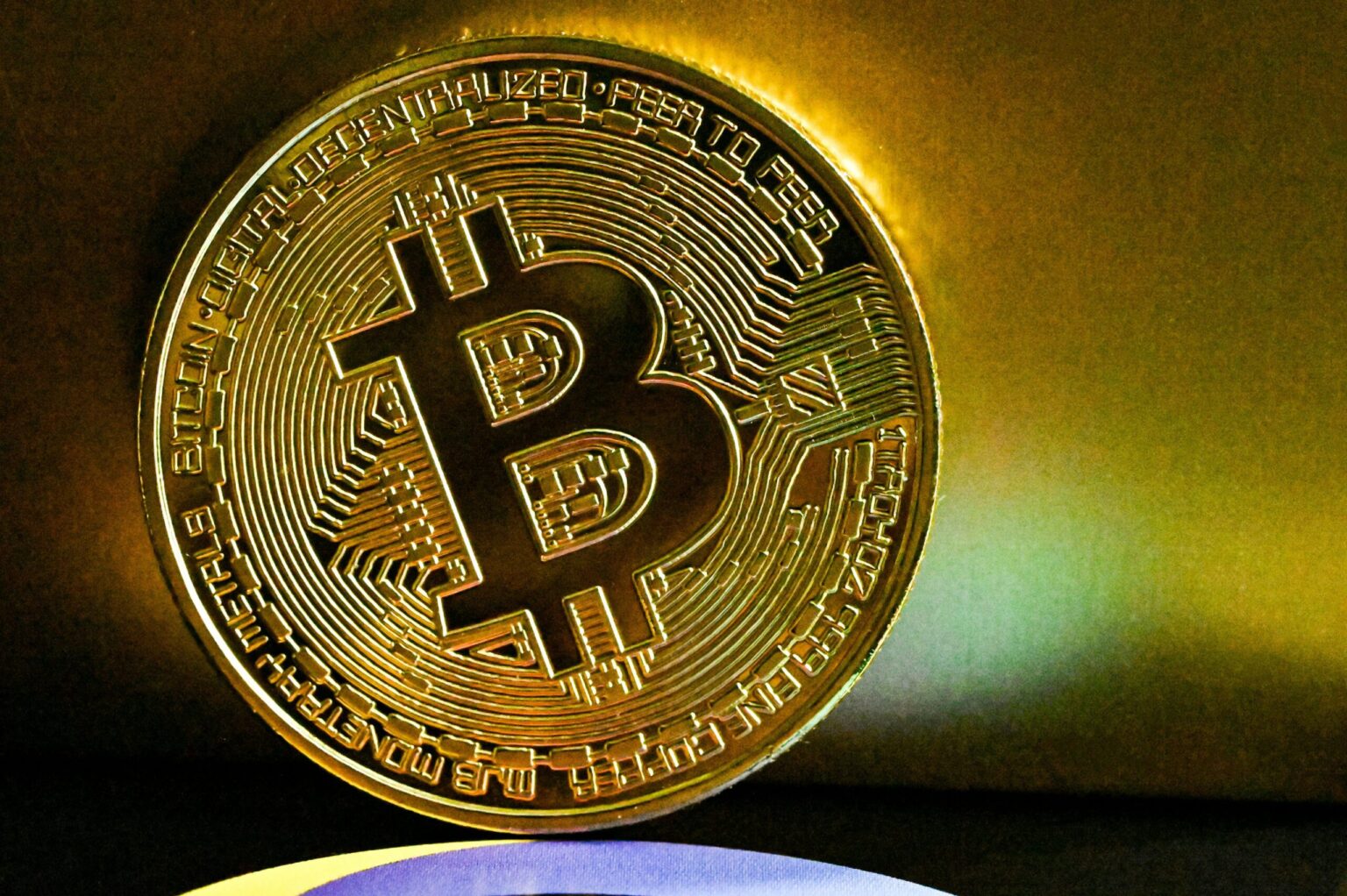Economic disruptions often appear without warning, changing the landscape of investments globally. In a climate where every move counts, astute investors are actively seeking refuge in assets that promise stability and potential growth. Recently, talk of a significant market downturn has intensified, with many voices urging a shift to tangible and digital assets like precious metals and cryptocurrencies. Understanding these dynamics is crucial for anyone aiming to safeguard their financial future and capitalize on emerging opportunities.
Preparing for Market Volatility: A Deep Dive into Strategic Investments
Bitcoin’s Institutional Surge and Regulatory Factors
Recent developments highlight a robust interest from institutional investors in Bitcoin. A clear regulatory framework, coupled with the launch of cryptocurrency exchange-traded funds (ETFs), has infused new capital into this digital currency. Consequently, Bitcoin has been reaching unprecedented price levels. Within the last day, the price of Bitcoin increased by 0.70% to $110,780, with trading volume escalating by 35% to $29 billion. Analysts attribute this surge to advancements in the Lightning Network and increased ETF participation, enhancing Bitcoin’s efficiency and appeal to major stakeholders.
Kiyosaki’s Market Crash Warnings: An Ongoing Narrative
Prominent financial author Robert Kiyosaki has consistently sounded alarms about impending market crashes, with his latest forecast suggesting a “massive crash” that will impact millions. On social media, he advised shifting investments to hard assets like gold, silver, Bitcoin, and Ethereum, predicting Bitcoin could potentially rise to $1 million. Although Kiyosaki’s past predictions didn’t align perfectly with market events, they have sparked discussion about genuine economic threats such as rising debt, inflation, and technological disruptions in the workforce.
Investor Reactions to Market Turbulence
In the face of potential economic instability, investors wary of traditional avenues are reallocating their portfolios toward assets perceived as secure repositories of value. Both gold and Bitcoin have emerged as favored options for those seeking to hedge against market downturns. Kiyosaki argues that fiat currencies and conventional savings are “fake money” and stresses the importance of securing purchasing power through tangible and digital assets.
Mixed Signals in Middle Markets
Although institutional interest in cryptocurrency continues to set new records, other indicators suggest uncertainty. Despite rising prices, trading volumes have seen intermittent declines, leading some market watchers to caution against possible abrupt capital withdrawals. Financial institutions are maintaining vigilance over liquidity and investor behaviors to mitigate the effects of potential market stress caused by leverage or fragile order books.
The Role of Precious Metals and Cryptocurrencies
Kiyosaki’s strategy focuses on reallocating wealth into both physical and digital forms of investment. He champions silver as a significant opportunity, anticipates substantial investment flows into gold, and posits Bitcoin and Ethereum as viable cryptocurrency choices. Whether this strategic pivot occurs broadly will depend on investor sentiment and central bank responses to ongoing inflation and debt challenges.
Is Bitcoin a Safe Haven During Market Volatility?
While Bitcoin’s finite supply and decentralized nature make it attractive as a hedge against inflation, its volatility can be a double-edged sword. Investors should weigh these aspects carefully, along with regulatory developments, before considering Bitcoin as a safe haven asset.
How Does Gold Compare to Bitcoin as an Investment?
Gold offers a time-tested, stable store of value that has performed well during economic instability. Bitcoin, on the other hand, provides rapid growth potential and diversification benefits but with higher risk. Investors might consider diversifying between both according to their risk appetite and investment goals.
What Factors Could Trigger a Market Crash?
A confluence of factors such as excessive debt, rising inflation, geopolitical tensions, and abrupt technological disruption could contribute to a market downturn. Staying informed and cautiously evaluating trends can aid in anticipating and mitigating the impact of such events.
Driven by thorough research and expertise, this comprehensive look into the current economic landscape, investment strategies, and the evolving role of cryptocurrencies is designed to equip readers with the insights necessary for informed decision-making.

